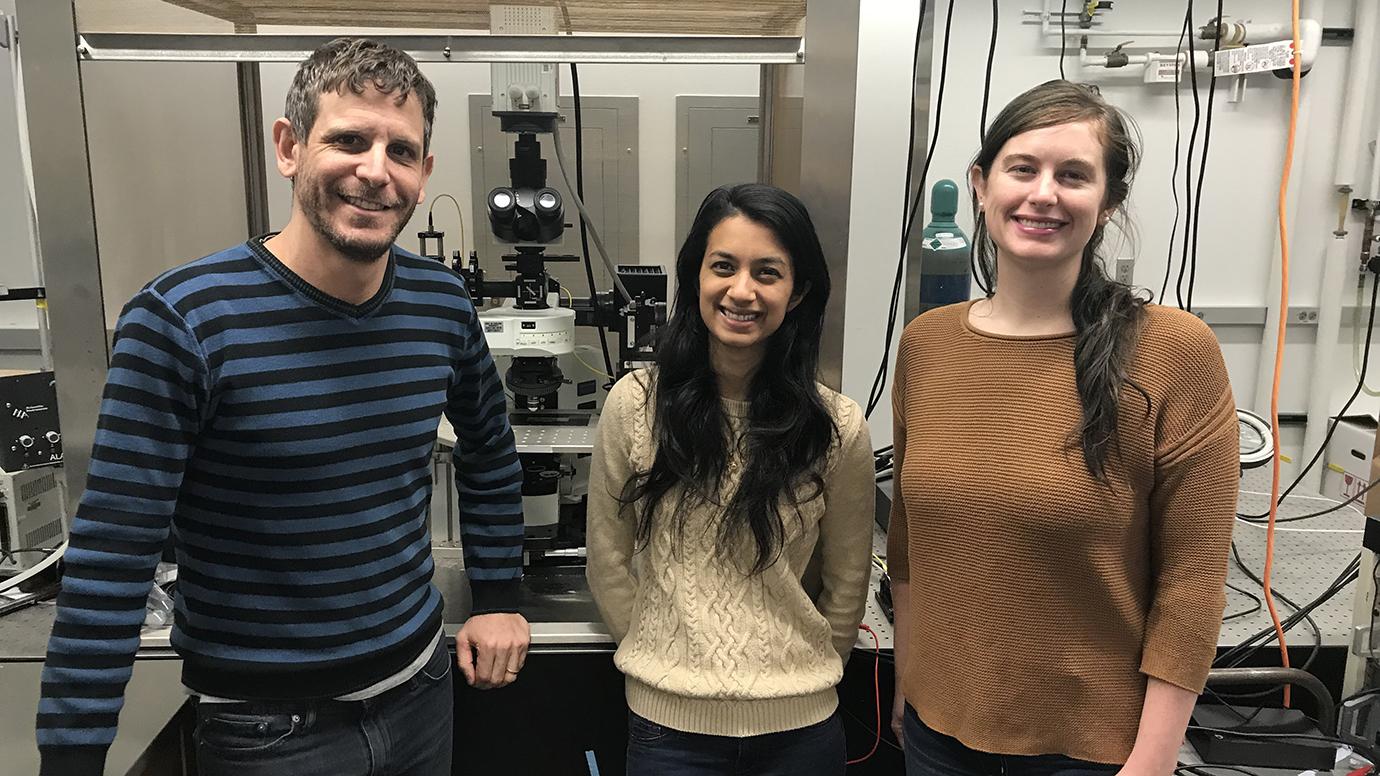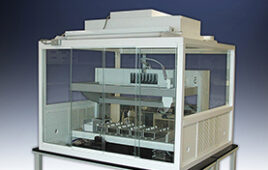University of Chicago scientists have pioneered a technique that could one day create a pacemaker that operates using tiny pulses of light.
“It’s essentially a tiny solar cell, which stimulates cardiac muscle in a very unique way,” said Bozhi Tian, an associate professor of chemistry who examines innovative ways to control biology with light.
In a study published Dec. 11 in the Proceedings of the Royal Academy of Sciences, Tian and his team describe how they created a flexible mesh out of silicon, that when activated by flashes of light, creates a tiny electrochemical effect that encourages the heart to beat.
They started with one of their own designs previously used to stimulate neurons, but made the mesh thinner to easily wrap around the heart and strewed tiny nanowires across its surface to attach to cardiac cells.
A small optical beam scans the area with a laser. Each flash activates the cells, causing the heart to beat at the same frequency as the light. (Scanning instead of directly shining on one area makes the device more efficient and avoids delivering too much energy to cells, which can damage them, Tian said.)
“Unlike today’s pacemakers, this method appears to ‘train’ the cardiac muscle to beat,” Tian said.
It takes awhile for the effect to kick in, but the muscles continue to fire for some time after the light pulses are stopped.

Key authors of the study include (from left): postdoctoral researcher Menahem Rotenberg, doctoral student Ramya Parameswaran and graduate student Kelliann Koehler. Image: Professor Bozhi Tian
The method is still early in development. If implanted in humans, the mesh could be injected at the target site, and a small optical fiber that would deliver the light pulses could be inserted through minimally invasive surgery, Tian said.
The research was facilitated by the University of Chicago Materials Research Science and Engineering Centers, the Searle Cleanroom, and the Argonne National Laboratory Center for Nanoscale Materials.
The first authors on the paper were Medical Scientist Training Program student Ramya Parameswaran and graduate student Kelliann Koehler. Other University of Chicago co-authors were postdoctoral researchers Menahem Rotenberg and Barbara Hissa, graduate student Edward Sudzilovsky, and undergraduates Kiela Moreno, Nivedina Sarma, Michael Burke, Thomas Hayes and Michael Paul.




